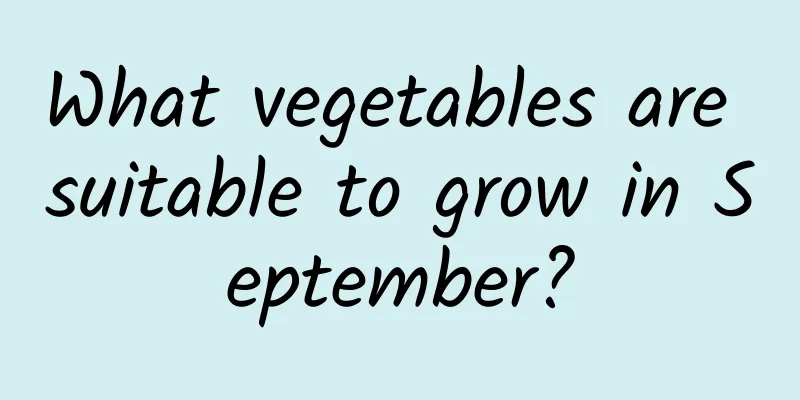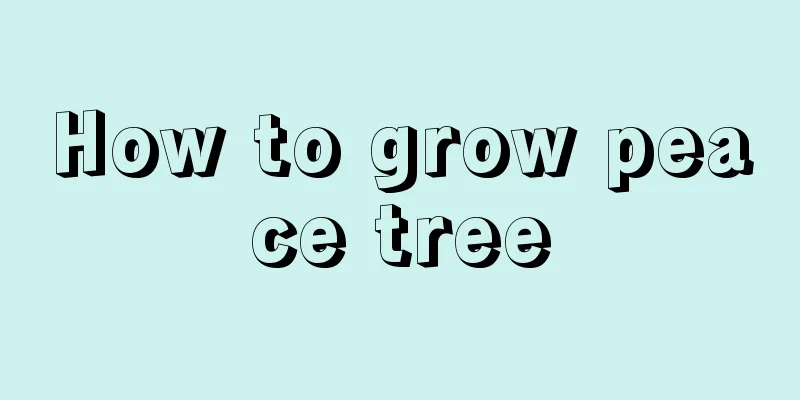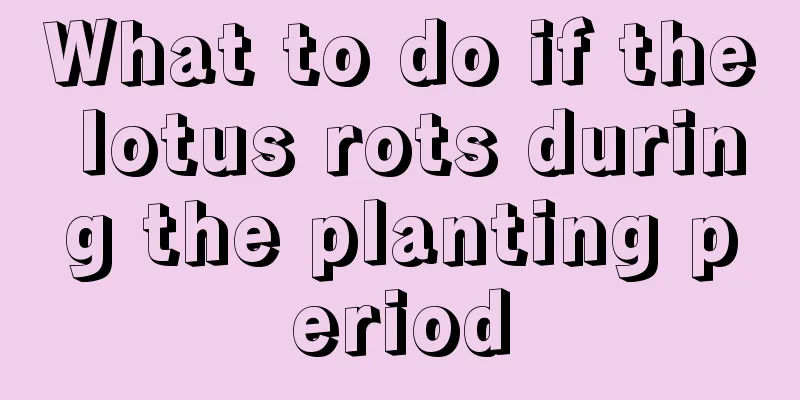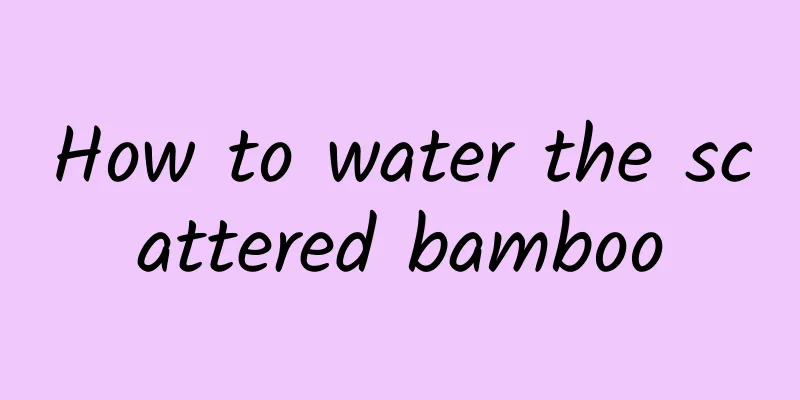Management methods for peach trees in March
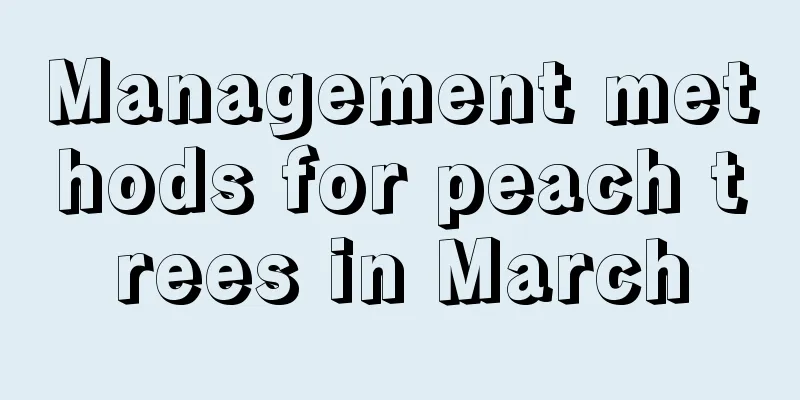
|
In March, the root growth of peach trees accelerates and begins to absorb fertilizer and water. Leaf buds and flower buds further swell, and in the second half of the month they gradually enter the flowering and leaf bud germination period. At this time, the key to peach tree management lies in spraying pesticides, topdressing, releasing bees for pollination or artificial pollination, and thinning flowers. Let’s learn about peach tree management methods in March. 1. Re-pruning before flowering Depending on the peach tree variety and yield requirements, re-pruning should be carried out before flowering to make up for the lack of winter pruning. Repeat pruning is usually carried out from budding to the leaf bud stage and must be completed before the flower buds swell. Re-pruning time: Re-pruning too late will consume too much of the tree's stored nutrients and weaken the tree's vigor; re-pruning too early will make it difficult to distinguish between leaf buds and flower buds, making it difficult to prune accurately. The order of repeated pruning: prune weak trees with many flowers first, then prune vigorous trees; prune varieties that sprout early first, then prune varieties that sprout late; prune mature trees first, then prune young trees. Pruning tips: Young trees should be pruned lightly, and fruiting branches should be pruned over a long period of time. Pull the branches with small side branch angles. According to the number of branches to be retained and the reserved yield, appropriately remove dense branches, diseased and dead branches, and blind branches. Remove the overgrown buds next to the large wounds and the buds on the back of the extension branches. 2. Fertilization management Fertilization in spring needs to be timely and reasonable to meet the needs of peach trees for flowering and budding. Pre-flowering fertilizer: Apply quick-acting nitrogen fertilizer before late February to provide nutrients for flowering and budding. Fruit-enhancing fertilizer: Apply phosphorus and potassium fertilizers during the hard-core stage after fruit setting, and apply high-potassium water-soluble fertilizers as topdressing to meet the needs of fruit enlargement and new shoot growth. 3. Irrigation management Fruit farmers need to seize the two key irrigation periods before flowering and after flower falling: Watering before flowering: promotes bud sprouting, new shoot growth and leaf enlargement, and increases fruit setting rate. Watering after the flowers fall: promotes the formation, expansion and elongation of young fruits, and reduces fruit drop due to water shortage. 4. Foliar Fertilizer Spray liquid boron during the bud stage and early flowering stage to promote pollen germination and pollen tube elongation, increase pollination rate, and reduce fruit drop due to poor pollination. For varieties with less pollen, artificial or bee pollination is required to increase the fruit set rate. 5. Thinning flowers and fruits Flower thinning: Mainly for varieties with high self-fertility rate, it is carried out when the flower buds turn red. Thin out the flowers facing upward and the flowers in the middle and lower part of the crown, and keep the flowers on both sides of the middle and lower back of the branches. Fruit thinning: For varieties without pollen or with low self-fertility rate, do not thin the flowers but only the fruits. Fruit thinning must be completed within 2 weeks after flowering, and fruits on high-quality fruiting branches with a length of 5 to 30 cm and a diameter of 0.3 to 0.5 cm should be selected. In short, March is a critical period for peach production management. If not managed properly, it may cause flowers and fruits to fall, affecting fruit quality and yield. Therefore, it is very important to manage the peach tree flowering period well.
|
<<: Management techniques for kiwifruit in March
>>: Cultivation techniques and precautions of Jade Plant
Recommend
What does sending chrysanthemums mean?
1. Flower Language Different chrysanthemums have ...
How to make seaweed germinate quickly
Seaweed germination environment It is relatively ...
What to do if lavender leaves wither? Lavender leaves dry up
1. Proper shade Lavender is a long-day plant and ...
Can Podocarpus be planted in the yard?
Can I plant Podocarpus in the yard? Podocarpus ca...
What month is the snow pea planting season?
Snow peas are a kind of vegetable that many peopl...
How to grow Phalaenopsis
1. Breeding environment (1) Temperature: preferab...
Efficient planting techniques and precautions for pear trees
1. Planting technology 1. Planting soil: Pear tre...
Is it better to grow Anthurium in water or soil?
1. Water is better For Anthurium, it can be grown...
How to grow lily seedlings? What to do if they don't grow straight
1. How to raise 1. Suitable soil: Lilies like fer...
Rapid rooting method of cutting boxwood, propagation technology with high survival rate of cutting boxwood
Except for winter, small-leaf boxwood can be prop...
How much does a peace tree cost?
1. Price The price of the peace tree varies depen...
When and how to prune blue snowflakes How to maintain and prune blue snowflakes in autumn and winter
Blue snowflake is also called blue flower dan. It...
Can the copper coin grass be watered with beer water?
Can the copper coin grass be watered with beer wa...
How to plant fig trees? Planting methods and cultivation techniques
Fig tree growth environment requirements Fig tree...
How to grow the succulent Black Magic, how to propagate it by cuttings?
1. Maintenance methods 1. Water: Usually, it is n...
